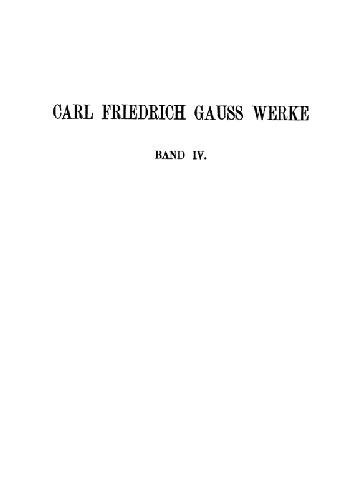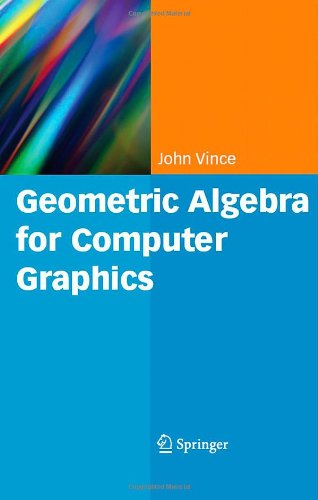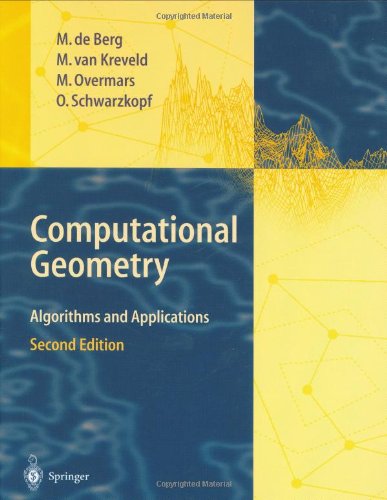Eckhard Krotscheck, Jesus Navarro9789810246402, 981-02-4640-4
Microscopic Approaches to Quantum Liquids in Confined Geometries
Free Download
Authors: Eckhard Krotscheck, Jesus Navarro
Edition: 1st
Series: Series on advances in quantum many-body theory 4
ISBN: 9789810246402, 981-02-4640-4
Size: 27 MB (27844800 bytes)
Pages: 435/435
File format: pdf
Language: English
Publishing Year: 2004
Direct Download: Coming soon..
Download link:
Category: Mathematics , Geometry and TopologySign in to view hidden content.
Be the first to review “Microscopic Approaches to Quantum Liquids in Confined Geometries” Cancel reply
You must be logged in to post a review.
Related products
- Mathematics , Geometry and Topology
Surfaces in computer aided design. Computer Aided Geometric Design
Free Download - Mathematics , Geometry and Topology
Curves and surfaces for computer-aided geometric design(program floppy disc)
Free Download - Mathematics , Geometry and Topology
Computational geometry: algorithms and applications
Free Download - Mathematics , Geometry and Topology
Curves and surfaces in computer aided geometric design
Free Download







Reviews
There are no reviews yet.